
Asda is leading the charge on value among traditional supermarkets. And it’s working.
Total grocery sales have grown 4.5% in the latest 12-week period, attracting an additional 417,000 customers compared to last year [Kantar, 12 w/e 2 October]. This is significant growth, given sales at Tesco rose by just 2.5% over the same period, and Morrisons sales fell 3.9%, despite inflation now running at 13.9%.
Driving that growth is the new Just Essentials range, with “nearly two-thirds of its 15.2 million shoppers picking up at least one item from the range”, said Kantar head of retail and consumer insight Fraser McKevitt.
The first of the bright yellow value products hit shelves in May, initially mostly rebranded Smart Price lines. New products have come on stream throughout the summer as the retailer looks to help customers concerned about the cost of living.
“We’ve developed Just Essentials by Asda to offer our customers the same value they know and love from our Smart Price range,” says Sam Dickson, Asda VP of brand and propositions, at the time, “but across a much larger and more diverse range of products, and with a bold brand that is hard to miss.”
The development of the value range has not been without controversy. At the start of the year, Asda was criticised by poverty campaigner Jack Monroe after she exposed that several value lines weren’t available in all stores. In a u-turn, Asda pledged not only to stock all its value items in every store and online, but to increase the range. In January the range had 140 lines; by 13 October the range had increased 262.
The rebrand, by design agency Our Creative, was also criticised by some as being a “poverty marker” with concerns about embarrassing shoppers who purchased the low-cost items.
But its visual approach differentiates Asda from other retailers. Tesco and Sainsbury’s have both opted to move away from plain and unifying own label packaging in favour of various discounter-style brands, such as Stockwell & Co and The Greengrocer, with marketing directed at making the products feel less cheap and blend in better with brands. Tesco has 15 of these brands, Sainsbury’s nine.
In contrast, Asda’s offering is strikingly simple. A single range of value products, with easily identifiable branding.
“Our joyful, sunny yellow breaks the predictable white visual language of value design. It was chosen as it is bold, distinctive and optimistic,” says Our Creative MD Kim Van Elkan.
”The launch of the range is timely as many of us are tightening our belts. We wanted to make it easy for people to find everyday essential products, to help their money go further. Our new design makes it easy for people to shop and find these great-quality, cheaper lines.”
Five months on, the rebrand is paying off. In September, the popularity of the range forced Asda to limit the number of Just Essentials products customers could buy, as demand outstripped supply.
Asda’s value own label fmcg sales have accelerated, “increasing by 106% in the four weeks to 4 September, which clearly reflects all the great work they’ve been doing on their Just Essentials range”, says McKevitt. The number of shoppers buying at least one Just Essentials products has increased in one month from 33% to “almost two-thirds”, McKevitt notes.
Significantly, Asda’s value lineup (while making up just 1.2% of its overall range) is comparatively large versus rivals. Only Tesco has more, at 299 products, or 1.3% of its range, while Morrisons and Sainsbury’s are lagging behind with 118 and 153 respectively. This works out as 0.6% of the Morrisons range and 0.6% of Sainsbury’s.
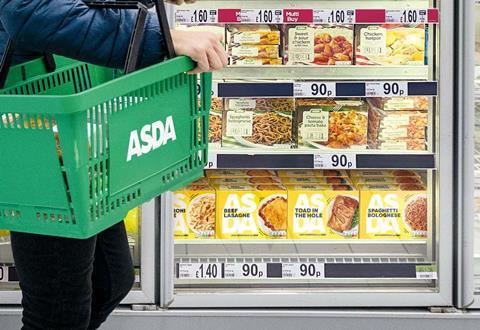
Asda’s prices also rival Tesco’s. A 500g tin of value spaghetti is 23p at both supermarkets. Value baked beans are 26p at Tesco and just 25p at Asda.
And it’s not only the Just Essentials range drawing customers: the retailer is winning on value across the board.
So far in our annual Grocer 33 (starting in mid-June), Asda has won on price nine times out of 17, more than any other retailer.
David Sables, CEO of Sentinel Management Consultants, says Asda is taking a broader approach to price. “What Tesco and some of the other retailers do is pick a limited number of lines and they do the Aldi price match. Asda are more consistent across more lines.”
Part of how Asda has driven value is through range rationalisation. As we’ve previously reported, Asda’s range was cut by 22.9% between August 2019 and August 2022.
“They’ve managed to be quite clever in tightening their ranges now,” says Sables. ”They have made some effort to really fine-tune and cut out some of the lesser contributing lines which cause duplication and complexity in their supply chain.
“This enables them in turn to be keener on the prices they’ve kept in the range.”
One thing is clear. At a time when price is the number one priority for many shoppers, Asda is making a comeback – and Just Essentials is at the heart of its return to form.








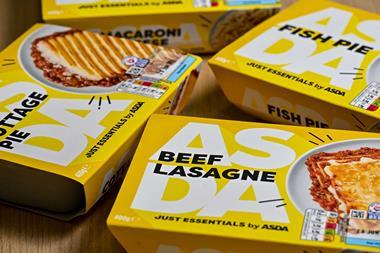

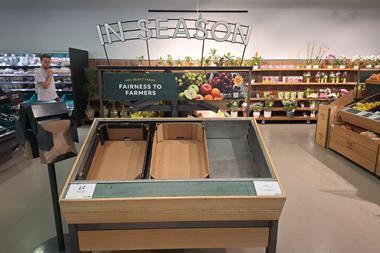
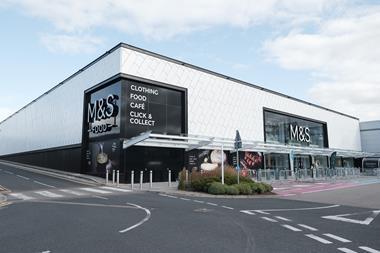
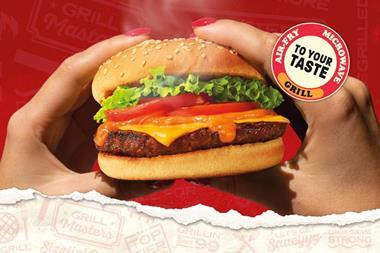

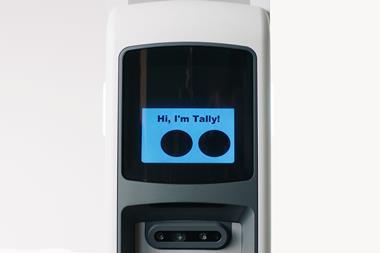
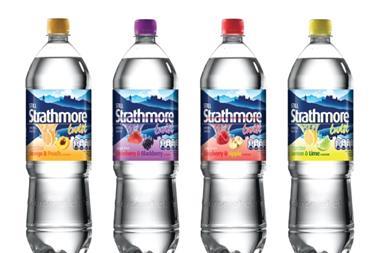



No comments yet